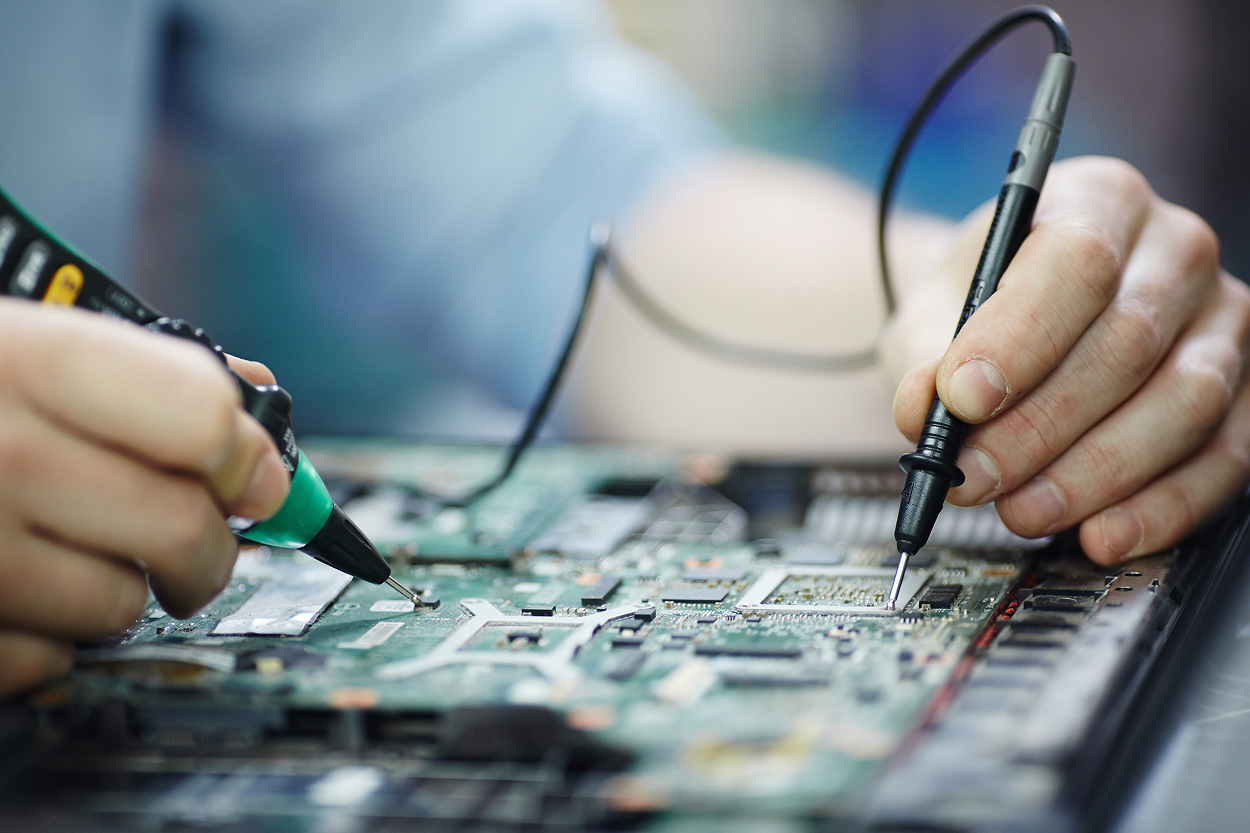In today’s competitive manufacturing landscape, the integration of Design for Excellence (DFX) is crucial, especially within the turnkey manufacturing process. This approach ensures that products are designed with quality, cost-efficiency, and production ease in mind. By implementing DFX, companies can significantly enhance their manufacturing capabilities while optimizing both time and resources.

Understanding DFX
DFX stands for Design for Excellence, and it encompasses various design principles that aim to improve different aspects of a product’s life cycle. These principles include Design for Manufacturing (DFM), Design for Assembly (DFA), and Design for Cost (DFC), among others. Each principle focuses on specific areas to ensure that the final product meets the desired standards of quality and efficiency.
What is Turnkey Manufacturing?
Turnkey manufacturing refers to a process where a single company manages all aspects of production, from design to delivery. This approach allows businesses to streamline operations, reduce costs, and improve product quality. By integrating DFX into this process, manufacturers can further enhance their overall efficiency.
Benefits of Turnkey Manufacturing
The turnkey manufacturing process offers numerous benefits, such as reduced lead times, improved product quality, and lower production costs. By leveraging the expertise of a single provider, companies can ensure that their products are manufactured to the highest standards while minimizing the risk of errors or delays.
The Role of DFX in Turnkey Manufacturing
Integrating DFX principles into the turnkey manufacturing process is essential for optimizing production efficiency and product quality. By prioritizing design elements that facilitate manufacturing and assembly, companies can reduce waste, improve product reliability, and minimize costs.
DFX Principles in Turnkey Manufacturing
- Design for Manufacturing (DFM): Ensures that products are designed for ease of manufacturing, reducing production time and costs.
- Design for Assembly (DFA): Focuses on simplifying the assembly process, minimizing the number of components and reducing assembly time.
- Design for Cost (DFC): Aims to minimize production costs without compromising quality or performance.
Implementing DFX in Turnkey Manufacturing
To successfully integrate DFX into the turnkey manufacturing process, companies must adopt a holistic approach that considers every aspect of product design and production. This involves collaboration between design, engineering, and manufacturing teams to ensure that all DFX principles are effectively implemented.
Steps for Successful DFX Implementation
- Conduct thorough design reviews to identify potential issues early in the development process.
- Collaborate with suppliers and manufacturers to ensure that design specifications align with production capabilities.
- Utilize advanced simulation tools to test and validate design concepts before production begins.
Challenges and Solutions
While integrating DFX into the turnkey manufacturing process offers numerous benefits, it also presents certain challenges. These may include resistance to change, limited resources, and a lack of expertise. However, by fostering a culture of continuous improvement and investing in training and development, companies can overcome these obstacles and fully realize the potential of DFX.
Overcoming Common Challenges
- Provide ongoing training and support to ensure that all team members are familiar with DFX principles and best practices.
- Establish clear communication channels to facilitate collaboration between design, engineering, and manufacturing teams.
Conclusion
Incorporating DFX principles into the turnkey manufacturing process is essential for optimizing production efficiency and quality. By prioritizing design elements that facilitate manufacturing and assembly, companies can reduce waste, improve product reliability, and minimize costs. Embracing DFX not only enhances the overall manufacturing process but also positions companies for long-term success in an increasingly competitive market.

FAQs
What is DFX in manufacturing?
DFX stands for Design for Excellence, a set of design principles aimed at improving various aspects of a product’s life cycle, including manufacturing, assembly, and cost.
How does DFX benefit turnkey manufacturing?
By integrating DFX principles into the turnkey manufacturing process, companies can optimize production efficiency, improve product quality, and reduce costs.
What are some common DFX principles?
Common DFX principles include Design for Manufacturing (DFM), Design for Assembly (DFA), and Design for Cost (DFC).
For more information on how DFX can benefit your business, visit this article.


